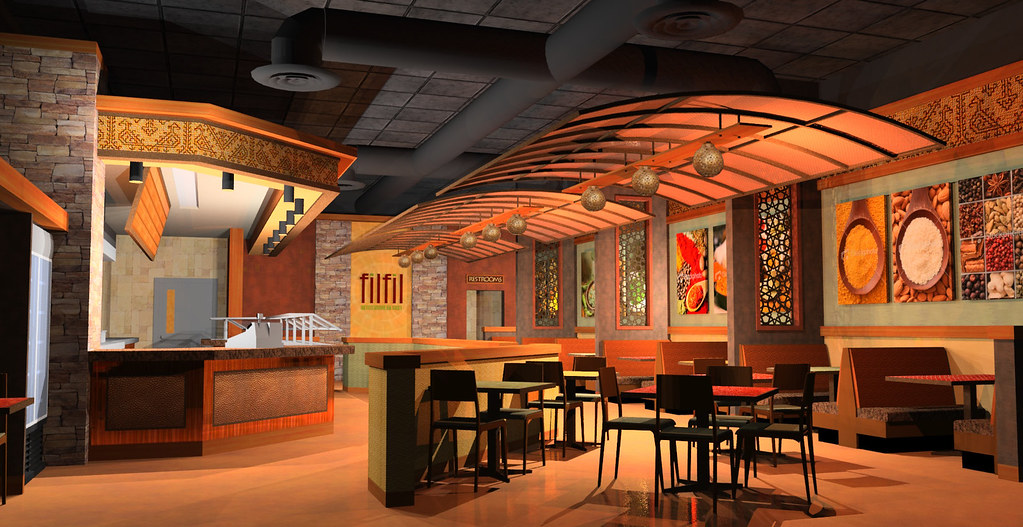Opening a restaurant is the dream of many aspiring entrepreneurs. When managed correctly, they can be profitable and fulfilling ventures. They allow you to connect with your community and enjoy financial success. Whether embracing a traditional restaurant experience or experimenting with new food trends, there are countless ways to make your dream a reality.
Starting a restaurant requires careful planning and thoughtful execution. We’ve created a step-by-step guide walking you through the restaurant startup process so that you can position your new business for success. Here is everything you need to know about How to Run Restaurant.
Step 1: Choose a Restaurant Concept
The first step in opening a restaurant is choosing a concept. Your concept will guide many decisions you make, such as your menu, décor, and the type of customers you want to attract.
- Define Your Cuisine: Decide what type of food you want to serve. Will it be Italian, Mexican, or perhaps a fusion of different cuisines?
- Determine Your Service Style: Will your restaurant offer fine dining, casual dining, or fast food?
- Identify Your Target Market: Who are your ideal customers? Are they families, young professionals, or tourists?
Step 2: Write a Restaurant Business Plan
Writing a restaurant business plan is crucial. It will help you outline your goals, strategies, and the steps needed to achieve them. Here are some key elements to include:
- Executive Summary: A brief overview of your restaurant and its goals.
- Market Analysis: Research your competition and identify your target market.
- Marketing Plan: Outline your strategies for attracting and retaining customers.
- Financial Plan: Include projected income statements, cash flow statements, and budgets.
Step 3: Obtain Restaurant Funding
To open a restaurant, you need money. There are several ways to get funding:
- Personal Savings: Use your own money to fund your restaurant.
- Loans: Apply for a business loan from a bank or financial institution.
- Investors: Find investors willing to put money into your restaurant in exchange for a share of the profits.
Step 4: Create a Menu
Your menu is one of the most important aspects of your restaurant. It should reflect your concept and appeal to your target market. Here are some tips for creating a great menu:
- Highlight Signature Dishes: Feature your most unique and popular items.
- Include Variety: Offer a range of options to cater to different tastes and dietary needs.
- Price Appropriately: Set prices that reflect the quality of your food and your target market’s budget.
Step 5: Find a Commercial Space
Finding the right location for your restaurant is crucial. Consider the following factors:
- Foot Traffic: Choose a location with high foot traffic to attract more customers.
- Accessibility: Ensure your restaurant is easily accessible and has ample parking.
- Visibility: A highly visible location can help attract attention to your restaurant.
Step 6: Plan Your Restaurant’s Layout
The layout of your restaurant plays a big role in the customer experience. Here are some key elements to consider:
- Seating Arrangement: Optimize your seating to accommodate as many guests as possible without making it feel crowded.
- Kitchen Layout: Ensure your kitchen is efficient and allows your staff to work effectively.
- Ambiance: Create a welcoming and comfortable atmosphere for your guests.
Step 7: Acquire Restaurant Permits and Licenses
Before you can open your restaurant, you need to obtain the necessary permits and licenses. These may include:
- Business License: Required to operate any business.
- Health Permit: Ensures your restaurant meets health and safety standards.
- Liquor License: Required if you plan to serve alcohol.
Step 8: Acquire Restaurant Equipment
Investing in the right equipment is essential for running a successful restaurant. Here are some items you may need:
- Kitchen Appliances: Ovens, stoves, refrigerators, and other essential kitchen equipment.
- Dining Furniture: Tables, chairs, and other furniture for your dining area.
- Point of Sale System: A POS system to manage orders and payments efficiently.
Step 9: Hire Restaurant Staff
Your staff plays a crucial role in the success of your restaurant. Here’s how to build a great team:
- Hire Experienced Staff: Look for candidates with relevant experience and skills.
- Provide Training: Train your staff to ensure they understand your restaurant’s standards and procedures.
- Foster a Positive Work Environment: Create a supportive and motivating work culture.
Step 10: Advertise Your Restaurant
Marketing is essential to attract customers to your restaurant. Here are some effective strategies:
- Social Media: Use platforms like Facebook and Instagram to promote your restaurant.
- Local Advertising: Advertise in local newspapers and magazines.
- Promotions: Offer special deals and discounts to attract new customers.
Step 11: Host a Soft Opening
A soft opening allows you to test your restaurant’s operations before the grand opening. Here are some tips:
- Invite Friends and Family: Start with a small group of trusted guests.
- Gather Feedback: Use feedback to make improvements before the official opening.
- Refine Operations: Ensure your staff is comfortable with their roles and responsibilities.
By following these steps, you can successfully run a restaurant and achieve your entrepreneurial dreams. For more insights and tips on running a successful business, visit Sakib Mahamud’s blog.
Starting a restaurant is challenging, but with careful planning and execution, it can be a rewarding and profitable venture. Good luck!
Frequently Asked Questions
What Is The First Step To Open A Restaurant?
Choosing a restaurant concept is the first step. Define your theme, target audience, and cuisine to create a unique identity.
How Do I Write A Restaurant Business Plan?
A restaurant business plan outlines your concept, market analysis, financial projections, and marketing strategies. It serves as a roadmap.
Where Can I Obtain Restaurant Funding?
Restaurant funding can be obtained through personal savings, bank loans, investors, or small business grants. Research options thoroughly.
What Should I Include In My Restaurant Menu?
Include a variety of dishes that reflect your concept. Ensure they are cost-effective, delicious, and cater to your target audience.
How Do I Find A Commercial Space?
Look for a commercial space that fits your concept and budget. Consider location, foot traffic, and local competition.
What Permits And Licenses Are Required?
You need health permits, business licenses, and possibly liquor licenses. Check local regulations to ensure compliance.









